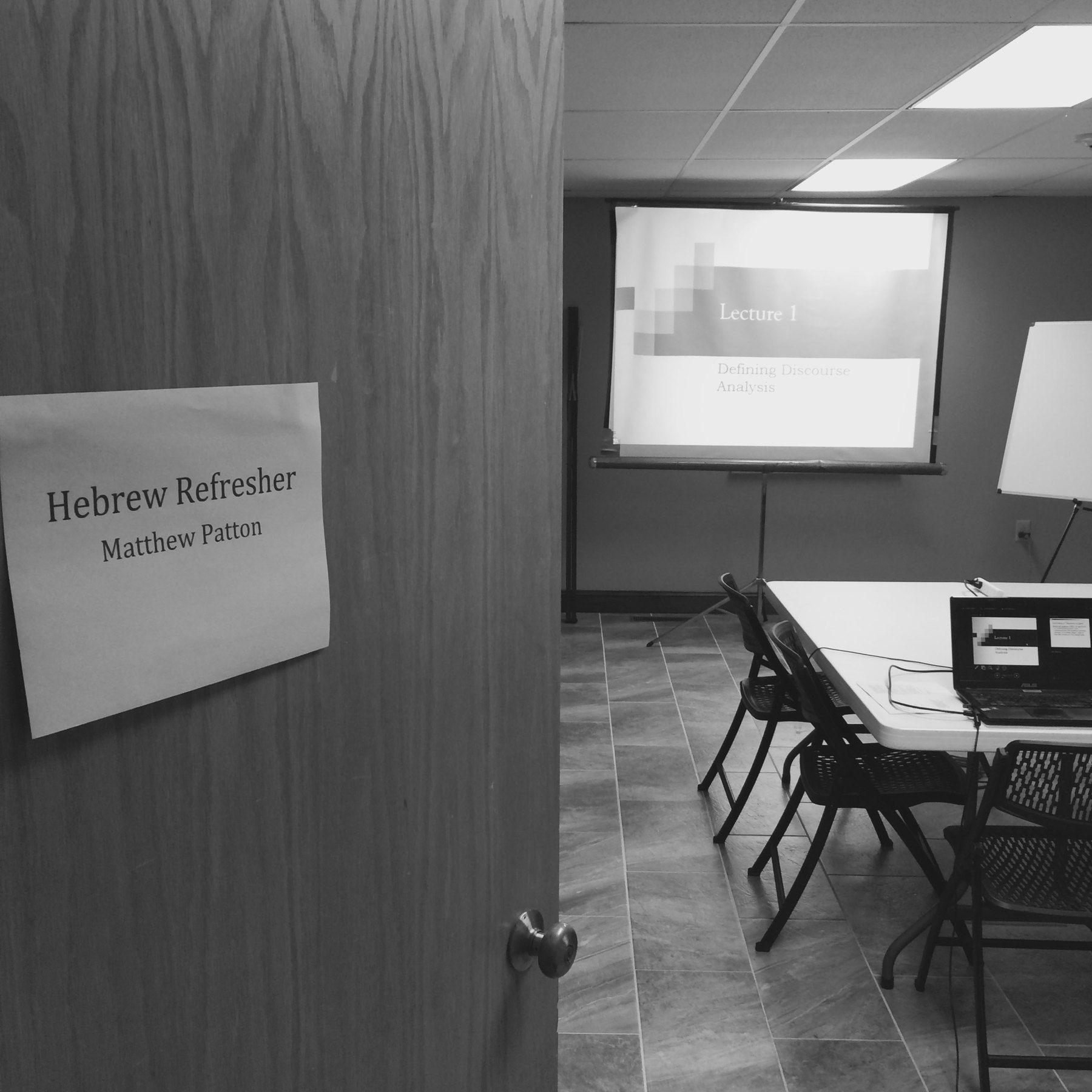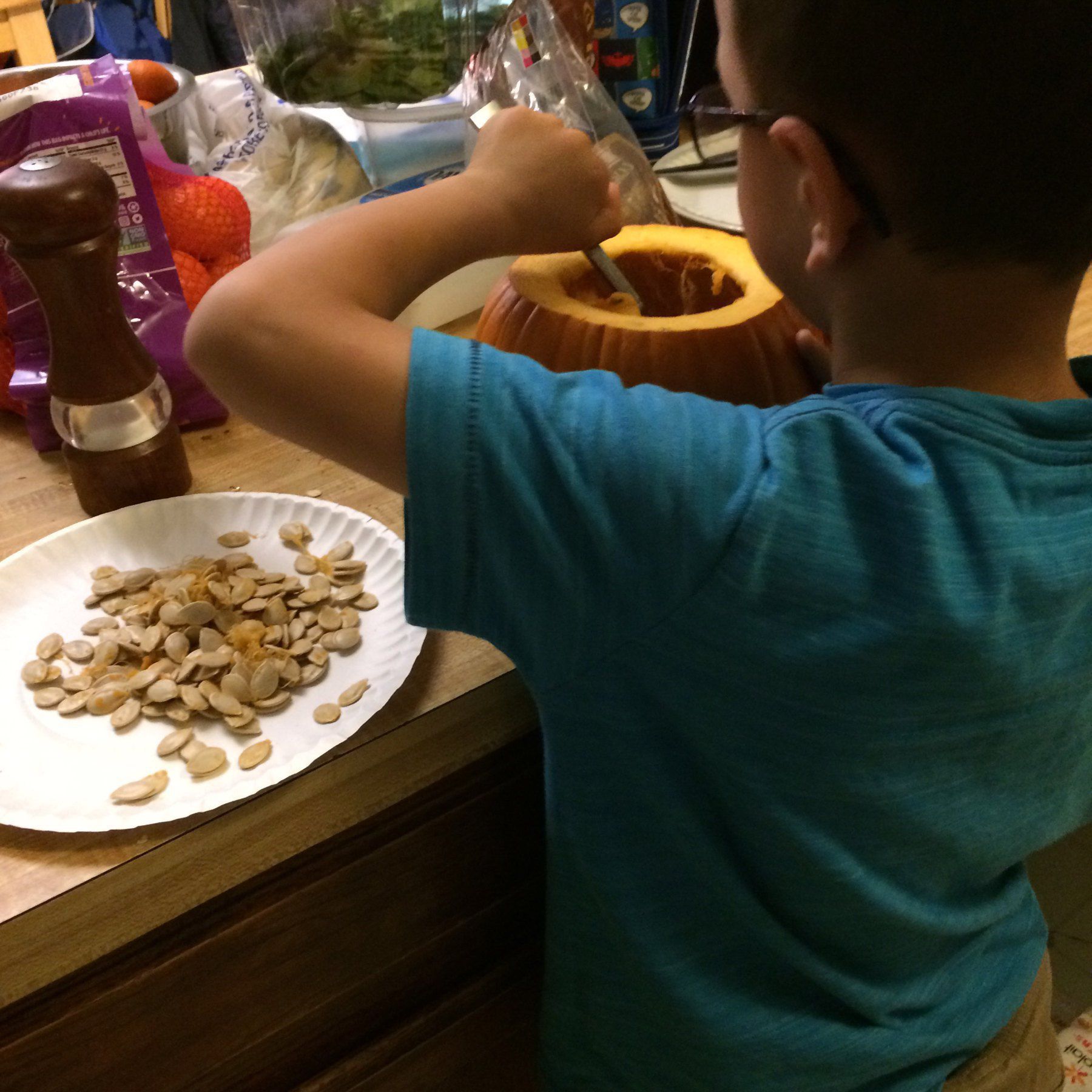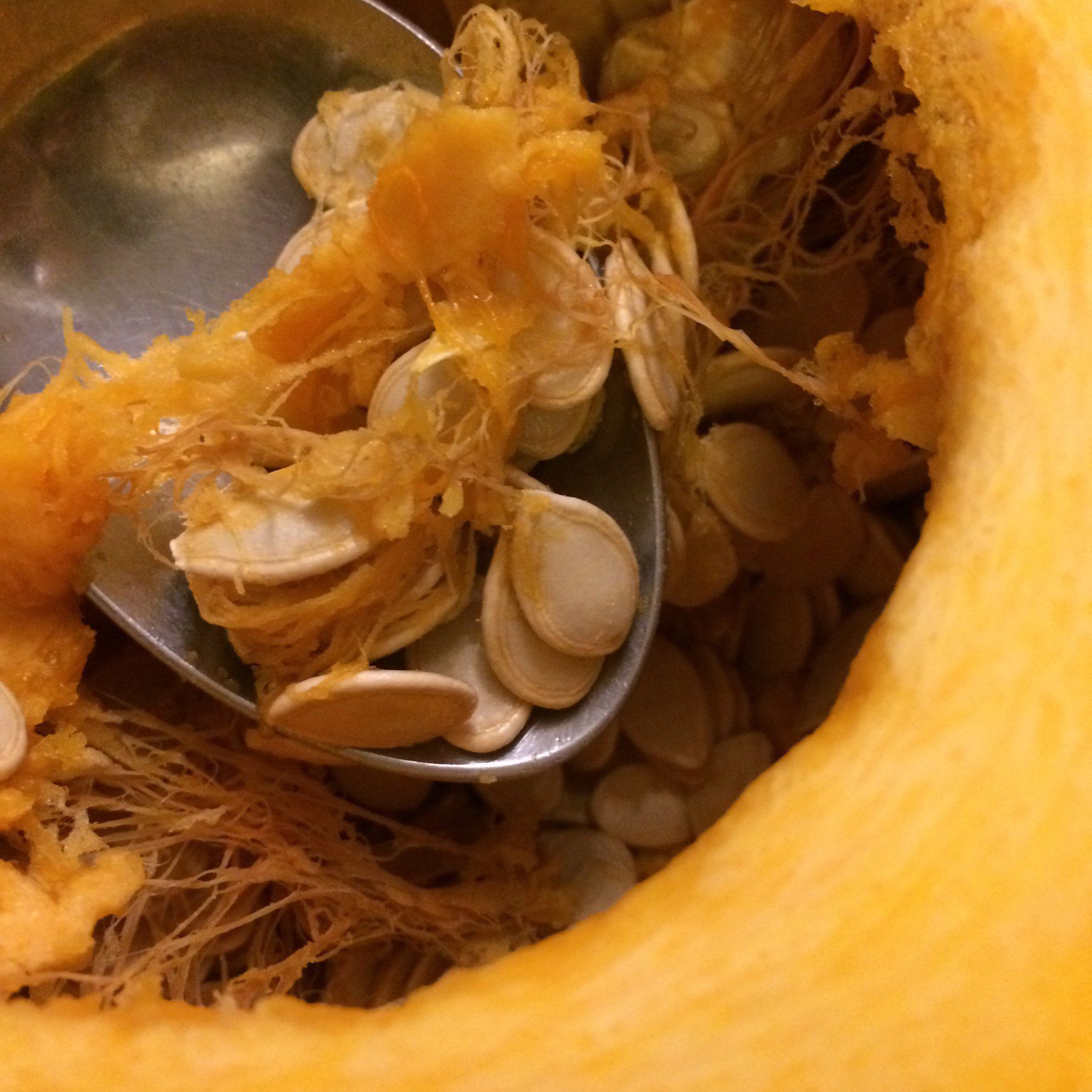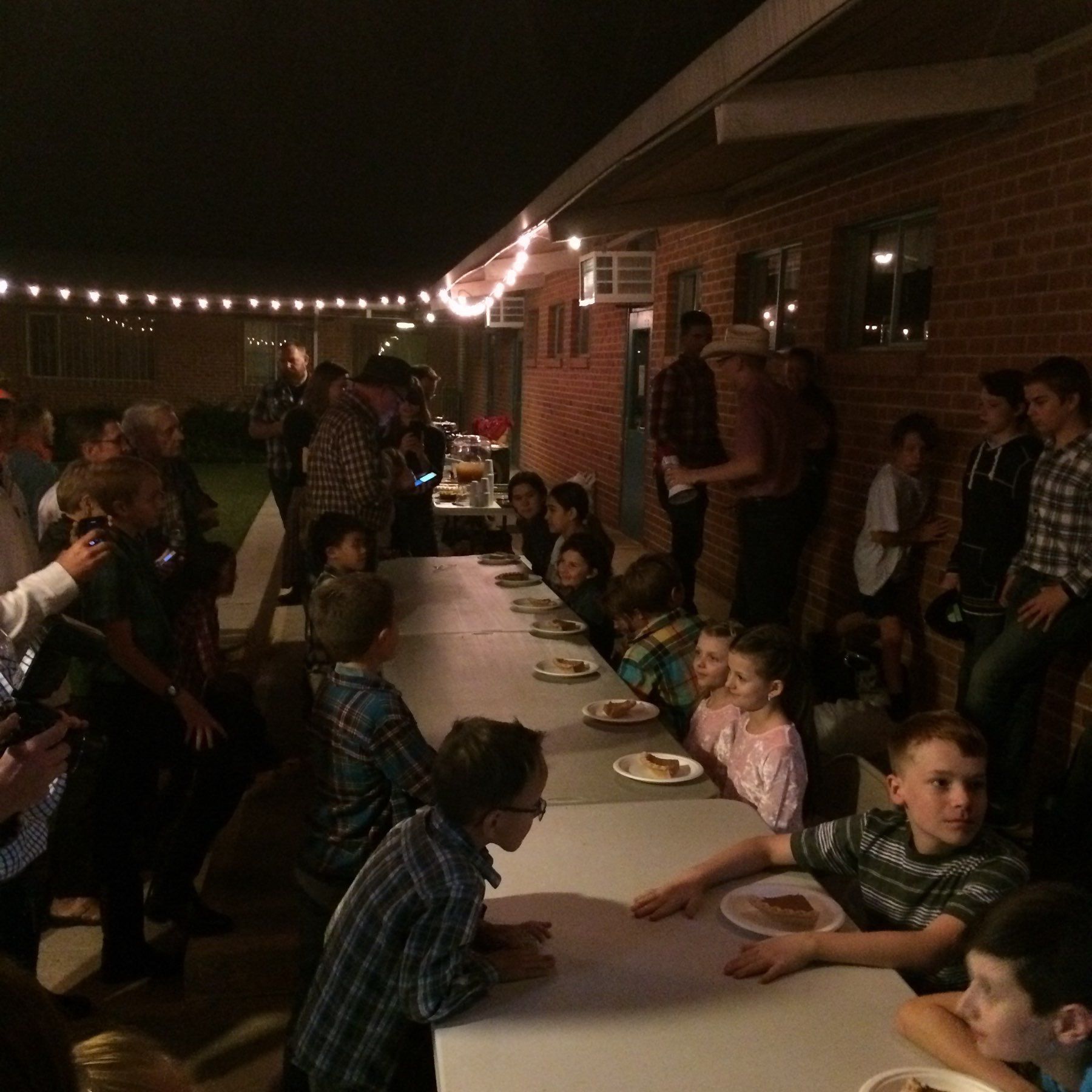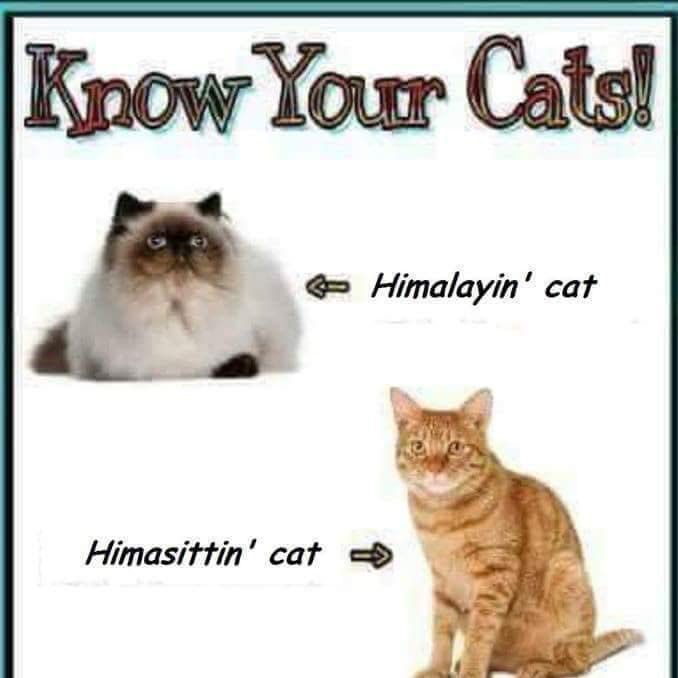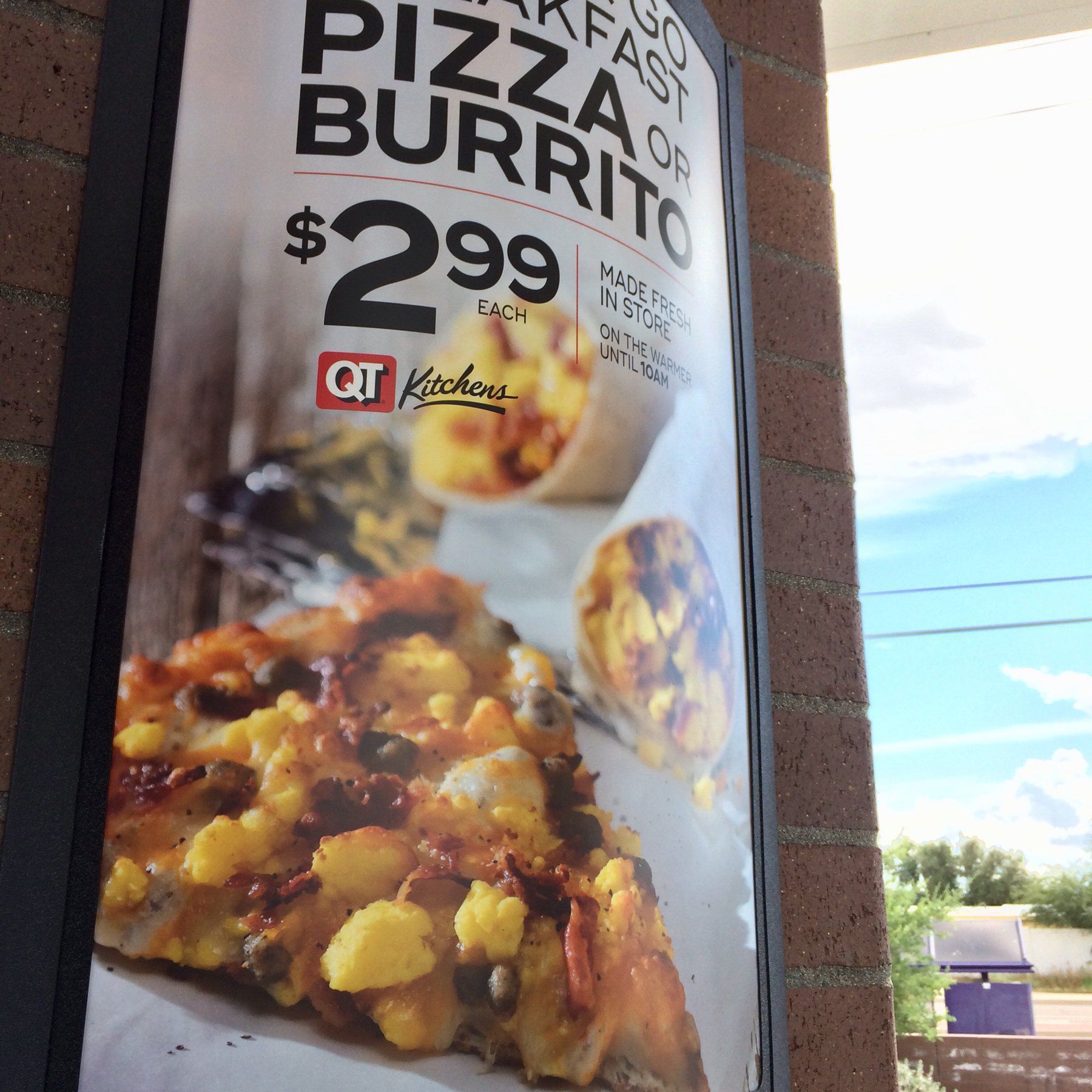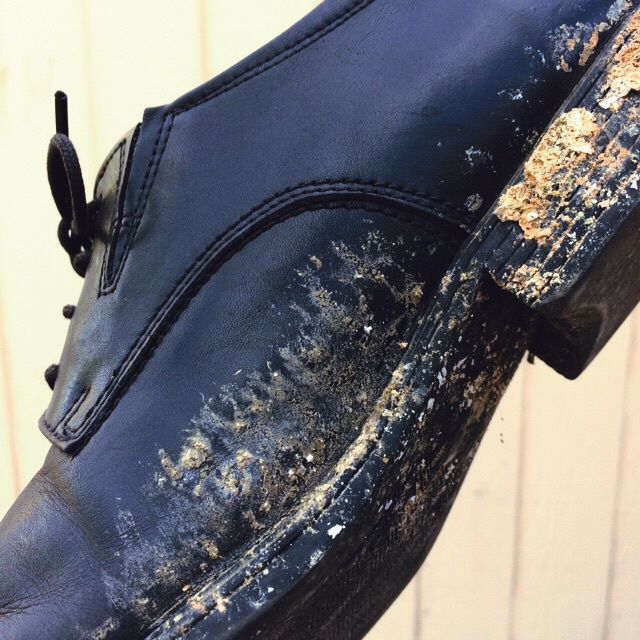Guess who said this about Martin Luther.
”That great man of God, a third Elias, and a second Paul, (if I may venture the expression) though he was no inspired teacher, was endued with a great measure of the spirit of them both…”
Hint: A Scottish Presbyterian.
“Two are better than one, because they have a good reward for their toil. For if they fall, one will lift up his fellow. But woe to him who is alone when he falls and has not another to lift him up! Again, if two lie together, they keep warm, but how can one keep warm alone?”
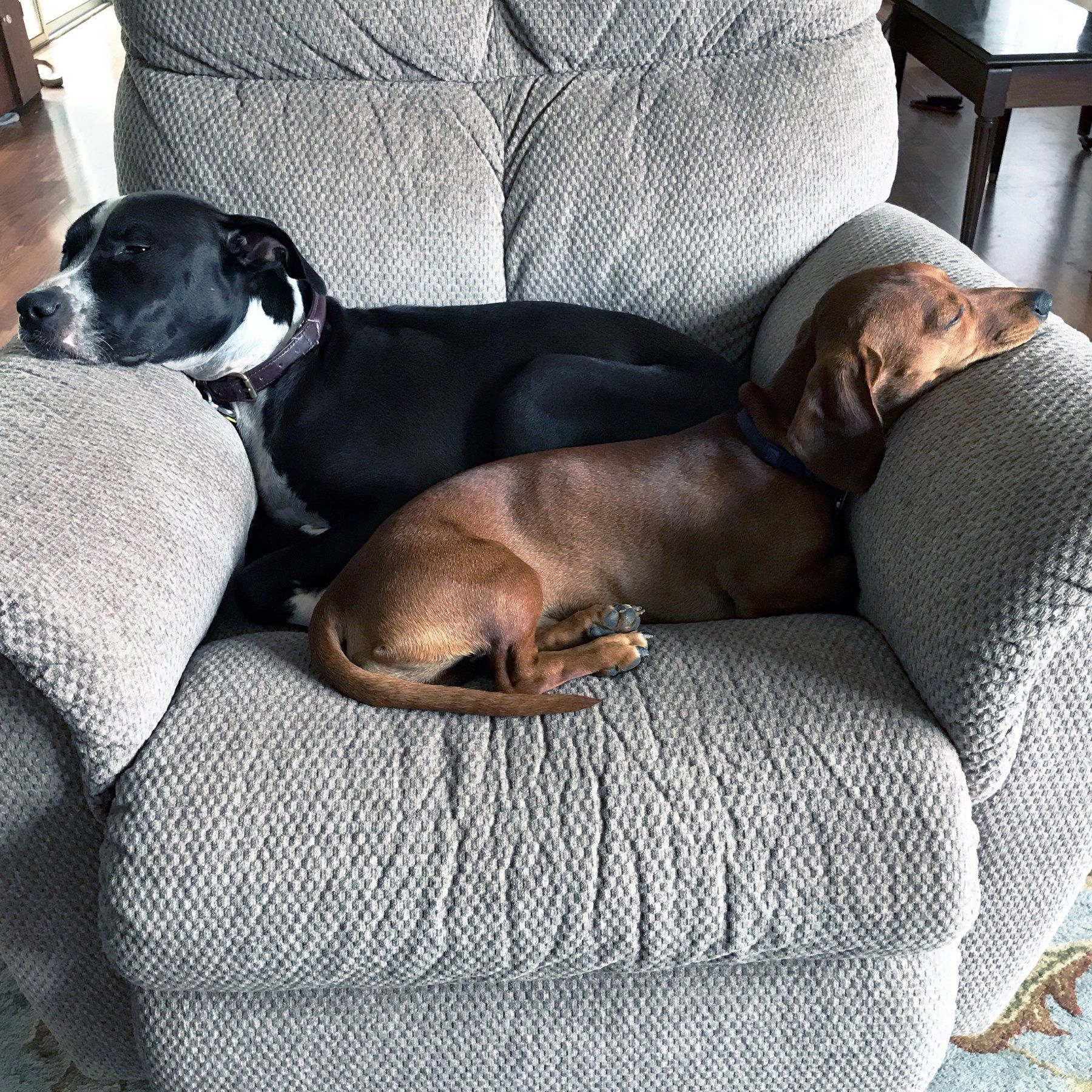
It’s almost Christmastime, and if you’re a string player wanting to play some Christmas music this year, I’ve got a great recommendation for you.
Buy for yourself, and anyone you might want to play, with Robert S. Frost’s Christmas Kaleidoscope books: Book 1 and Book 2. I have been playing from these books every Christmas since the mid-90s and I’m still not tired of them. Here’s why they work so well.
You can find a book for your instrument.
There is a book available for violin, viola, cello, bass, and piano. There is even a conductor’s score.
The books work GREAT with ensembles.
With the Christmas Kaliedoscope books, you can put together any kind of string ensemble you want. This is possible because every book has a melody line and two harmony parts. The melody line is listed as A; the harmony parts are B, C, D, and E. Violin and viola have the A, B, and C parts in their books. Cello and bass have the A, D, and E parts. This means that when playing with others it is easy to pass the melody around, and you can switch to different harmony parts as you please, no matter what instrument you’re playing. The possibilities for interesting arrangements are endless.
The publisher once produced books for every instrument. As far as I can tell, only the string books, piano, and conductor’s score are available now. But perhaps if you’re an internet super-sleuth, or if you want to clean my garage, you might be able to find the ones for winds and brass.
Between the two books, you get a solid collection of classic Christmas songs.
The two books give a total of 30 songs including Silent Night, Here We Come A-Caroling, Angels We Have Heard on High, The First Noel, and We Wish You A Merry Christmas. You can see the complete table of contents for Book 1 and Book 2.
The books are not difficult.
If you’re familiar with the difficulty grading system publishers sometimes use, Books 1 and 2 are graded at levels 1 and 2, respectively. Essentially, this means that Christmas Kaleidoscope can be played by anyone except the most beginning of beginning players. So, even if you’ve had only a few months of playing your instrument, you can definitely learn most of these songs, especially in Book 1.
But anyone will enjoy playing these pieces.
Though the songs aren’t difficult, Robert Frost’s arrangements are so well-written that professionals enjoy playing and improvising from them too. I know this from personal experience.
Bottom line:
The Christmas Kaleidoscope books give you a solid collection of Christmas songs that you can play as solos or with your friends, all while creating different arrangements every time you play. You will enjoy playing them and your audience will love listening.
For my cello students, here are direct links to Christmas Kaleidoscope Book 1 and Book 2. For everyone else, use this link to search. May you have a very merry, music-making Christmas. 🎁
Prof. Libbie Groves’s dramatic recitation of Jonah (in biblical Hebrew!) is both funny and serious, just like the book. Check it out! You’ll enjoy it even if you don’t know Hebrew.
I’m using an Apple Smart Keyboard with a 10.5” iPad Pro running iOS 12.1.
1. Connect a keyboard.
You can’t access Greek accents or Hebrew niqqud (vowels, dagesh, shwa, etc.), with the iOS touchscreen keyboard.
2. Add Greek and Hebrew keyboards.
Settings > General > Keyboard > Keyboards > Add New Keyboard…
3. Change Greek to Greek - Polytonic and Hebrew to Hebrew-QWERTY.
Settings > General > Keyboard > Hardware Keyboards > Greek > Greek - Polytonic. Follow the same for Hebrew, but choose Hebrew - QWERTY.
4. Wherever you are typing, choose a font that contains Greek, Hebrew, and English letters.
Times New Roman is already installed and capable of this.
5. Switch keyboards—not fonts—using the global key on your keyboard.
Or use whatever switching command you’ve set up.
6. Learn to use the keyboards.
Especially learn the option+number keys for Hebrew niqqud and the option+punctuation keys for Greek accents.
Bonus Tips!
- Under the keyboards menu (see Step 2), you can click “edit” and then drag the keyboards into your preferred order.
- If you like, you can install other capable fonts. For example, Accordance has a font package you can install using the AnyFont app. And the font, Cardo, can be installed directly from FontSquirrel.com.
In order to reestablish the Internet as thee online social network, we need to study social network silos like Facebook and Twitter. Learning from them will allow us to build on their strongest features and avoid their worst.
But don’t forget Google+.
Though it’s being shut down, it is as important to learn from what fails as it is from what succeeds. Moreover, Google+ had many successes that were copied by others. And, at its peak, it achieved wider systemic integration with various aspects of the Internet—albeit the internet of Google—than Facebook or Twitter have ever achieved. For these reasons, Google+ deserves attention and analysis by who share the IndieWeb dream.
To get a taste of what I mean, read Mike Elgan’s, Goodbye, Google+: A eulogy for the last great social network.
Mike Elgan is a good person to write about this. Not only is he a longtime tech writer, he has been one of the most important users on Google Plus during all its ups and downs. And it was his advocacy of the platform that caused many to join in the first place. He understood what made it work. And why, for so many people at the time, it made sense move blogging and even emailing over to Google’s social network.
Elgan has now gone #backtotheblog and even has an account on Micro.blog. Hi, @MikeElgan! But I’m glad he’s reflecting on what made Google+ work as a social network. The more we do that, the better positioned we will be for making the social network that is the Internet even better.
Everyone with a bank account, cellphone or online shopping habit has at least one CLV score, more likely several. And most people have no inkling they even exist, let alone how they are used, what goes into them or how accurate they are.
On Hold for 45 Minutes? It Might Be Your Secret Customer Score by Khadeeja Safdar, Wall Street Journal
Because I’m trying to get over an illness, I am rescheduling the last session of the Christian Theology Reading Group. It’s canceled for tonight and has been rescheduled for November 17, 2:00-3:30pm, meeting at my house instead of the library. If you need directions, please get in touch.
In the meantime, you catch up on missed readings and consider registering for the Paideia Center Winter Conference where Gregory’s work, among other things, will be discussed.
Imagine that for your whole life you had only eaten dinner at Medieval Times, the stadium seating dinner-theater event with knights, horses, and lots of yelling. And imagine that every time you went to Medieval Times, you were told that this is what eating dinner is all about. You weren’t just getting fed with the food but also with the energy and excitement. This wasn’t just entertainment; this was life. And the power of this moment was going to carry you through to the next event.
Now, imagine your shock when one day you meet a family who, instead of going to Medieval Times every day, chooses to stay home for a dinner. And then—surprise!—they invite you to come over one evening.
The night arrives, you show up, and everything you expected is instantly confirmed. Instead of jousting, falconry, and the passion of the crowd, there’s just a short prayer, some squirmy kids, Bible reading, and very ordinary conversation about a very ordinary day.
As my former historical theology professor, R. Scott Clark, explains in response to a Twitter conversation, what I’ve described is similar to the paradigm crash many people experience who come to Reformed worship for the first time. Of course, some love it instantly, but others may have a hard time adjusting. I’ve seen both.
If you’re trying to wrap your head around Reformed worship, read Dr. Clark’s post. It might help you understand what is going on.
Photos by James Kirsop (Hillsong Worship Conference) and Experience Kissimmee (Medieval Times), on flickr
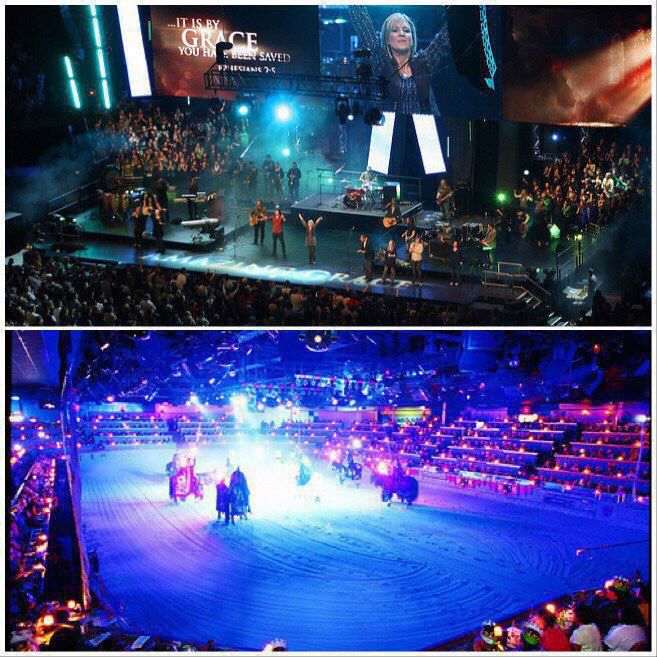
For a little more than a year now, I’ve been successfully using my 10.5” iPad Pro + Apple Pencil + Smart Keyboard as laptop replacement. I wanted to try this as a way to save money that could be spent on more expensive laptop choices. MacStories.net’s iPad Diaries gave me hope that this might be possible, and they were right.
There are some things I wish were different.
First, most apps that have a MacOS counterpart are more limited on iOS. This has not been a major problem. Though, I wish DEVONthink had a more robust iOS app.
Second, with this version of Pencil and iPad, I have no place to connect the pencil to the iPad. When I pointed this out to the folks at the Apple Store, I chuckled when they suggested I buy a leather sleeve for the pencil. What? You want me to lose the pencil and its fancy sleeve? Anyway, Apple knew this was a problem and may have solved it in today’s update. I solved the probelm with this excellent $15 case, which may still be necessary depending on how strong that new pencil magnet is. You don’t want to accidentally disconnect and lose your pencil when you slip your iPad into your bulging briefcase.
Third, after a while, the keyboard started to have trouble connecting to the iPad. The connection problems were tolerable for a while so I didn’t take it in. When the keyboard stopped working last week, it was out of warranty and I had to replace it. I guess that’s my bad; maybe.
Fourth, some features on some websites still don’t work as well as they should on iOS, but it’s rare.
That said, I’m willing to tolerate these things for a few reasons.
First, as a mentioned before, I want to save money. Second, besides being cheaper, there are some advantages the iPad has over a laptop.
-
It’s helpful having a super-portable camera and a full keyboard integrated into one machine. In this way, the iPad merges the benefits you would get separately from a iPhone and a laptop/desktop.
-
Working with documents, especially signing and sharing, has never been so easy. Before, if you sent me something to sign and return, I would need to print, sign, scan, upload, and then email it back to you. This would involve a computer, a printer, and a thumb drive. Now I just sign and email on the same device. Sure, the Pencil is different than the IPad, but they feel connected in a way a computer and a printer don’t.
-
I am a pacer. If I have a long talk with my dad on the phone, I may walk miles. I like talking to my dad. The iPad allows me to walk and work if I want. I’ve written whole sermons using a combination of the iPad’s built in transcription capabilities and its on-screen keyboard. A laptop would be too awkward and heavy for this.
-
But for me, the biggest benefit is how the iPad is less obtrusive than a laptop in various social situations. Some of the time, my iPad is on my desk, as pictured here. But I also use it in a whole bunch of other contexts. That’s only possible because the iPad is less likely to interrupt and obstruct social connections. For one, it’s smaller. It’s also more easily moved in and out of reach. And because it has a variety of working positions, it can be adapted quickly to fit different kinds of contexts, even changing ones. For some people this won’t matter very much, but doing the things I do as a minister, it’s a big deal. It makes the iPad a really flexible and useful machine.
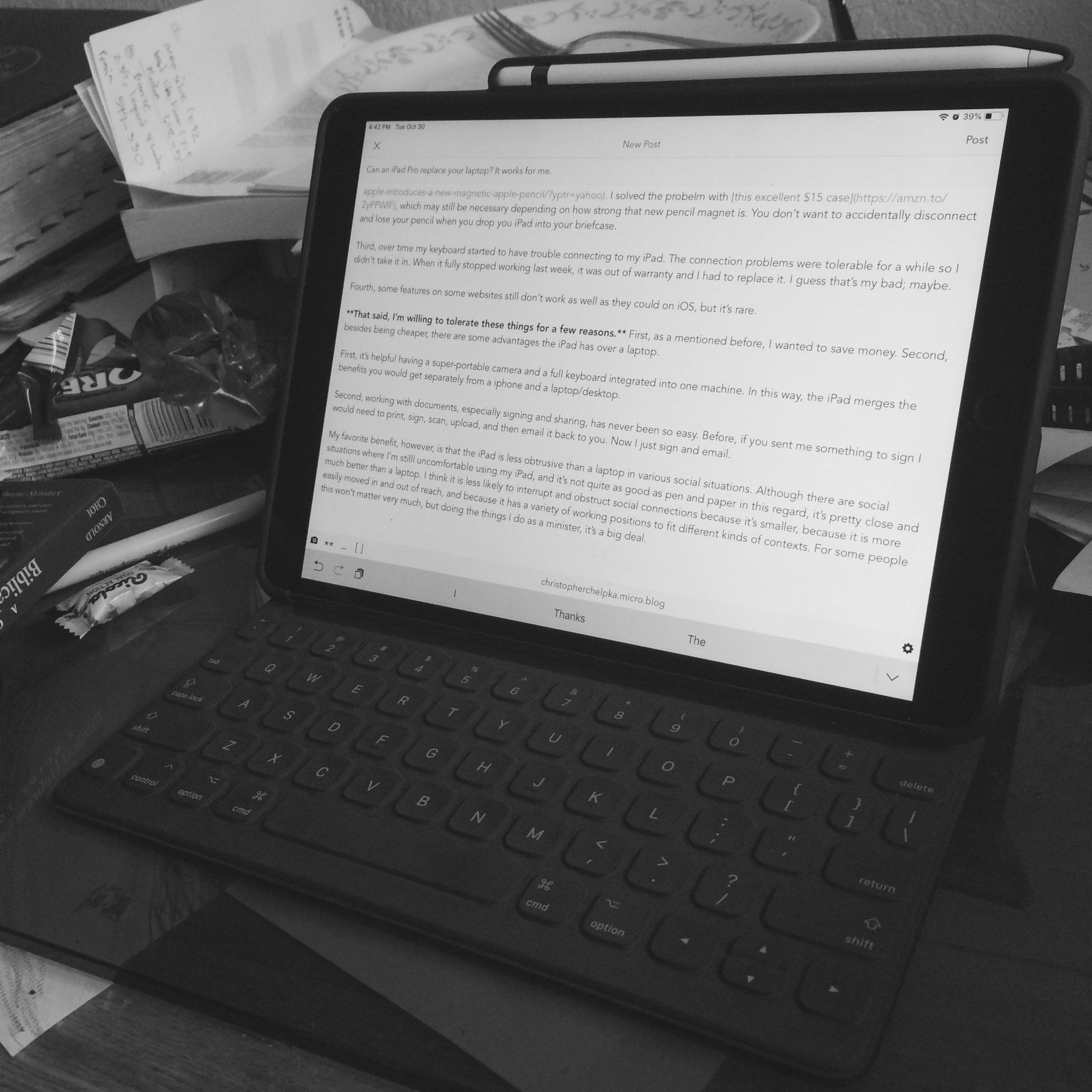
Tomorrow, I’m going to start preaching through the amazing gospel of John. If you’d like to hear these sermons, paste our podcast feed into your favorite podcast app. We post a new sermon, usually two, every Sunday. covenantopctucson.org/feed/podc…
I saw the Salton Sea for the first time on my way home from presbytery yesterday. And since I only had one pair of shoes with me, I had to do some cleaning before church this morning. Also, I learned after we left the sea that the mud is probably toxic.


